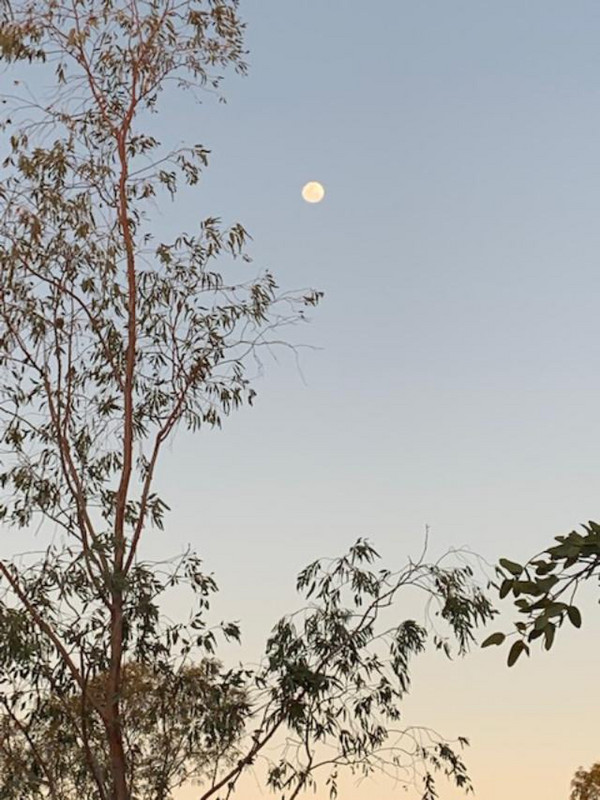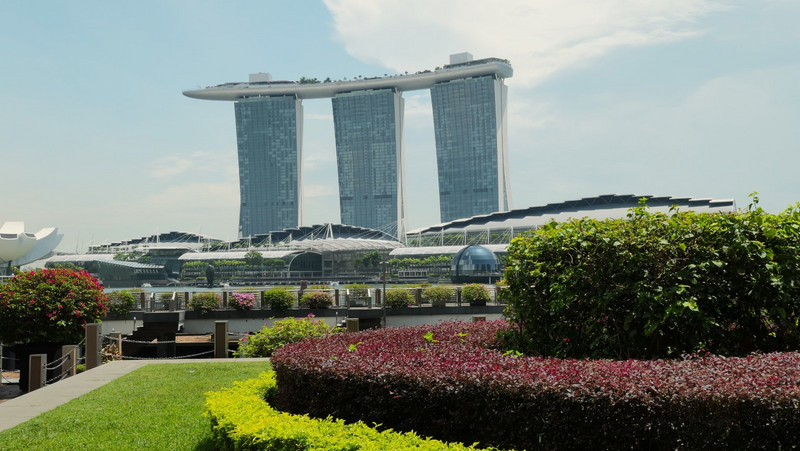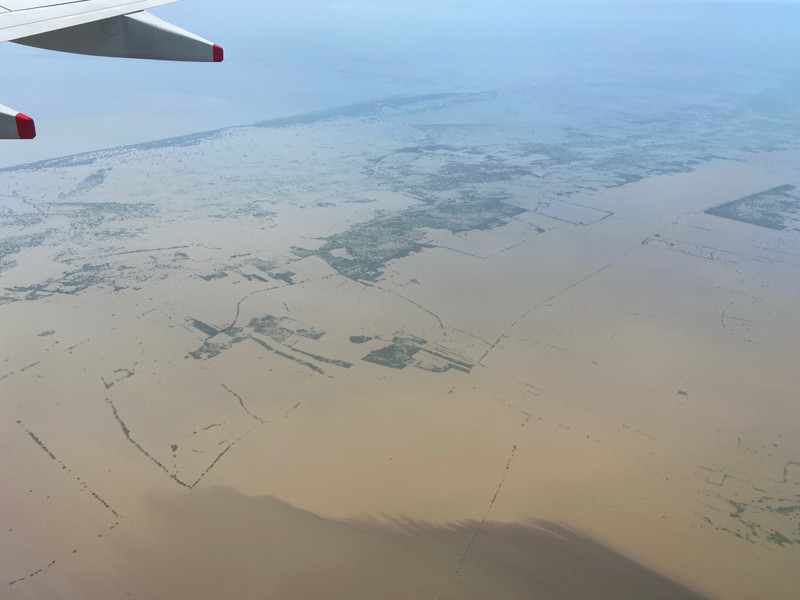Alongside the creek at JuliaCreekthere is a spacious but dusty free camp, just a short walk into the town. Like all the free/freedom camps we have stayed in this holiday it was very busy. We first checked in for four nights but because of increasing temperatures (into the low 30s) we have decided to move on after 2 nights to Richmond where we can have access to water and power and therefore air con. (Our generator has given up the ghost, so parks or reserves with power might be our go to for the next week or so.)
In the meantime, we enjoyed a very good morning coffee at the local bakery – and once again it was well patronised by many nomads – before a quick stroll up the main street, popping into one or two stores. It was lovely to see some boutique shops of giftware and clothing, but we did wonder who they are catering for as the town, like many others in rural/remoteAustralia, is struggling.
The Julia Creek Dunnart is a small marsupial peculiar to this area. It is often confused with mice because of its rodent like appearance, but that
is where the similarity ends. This highly intelligent, feisty nocturnal creature is fitted with very sharp teeth like a dog and is quite ferocious – as the sign at the info centre says: they are lean, mean and rarely seen. It has a flat tail which gives it the ability to store fat to be used in times of flood or drought when food sources are scarce. When times are extreme it can also put itself into a state of torpor or hibernation. We watched as one cute little critter chomped away on a daily serving of mealworm; knowing what he/she ran around in a frenzied fashion until the small plate of delicacy was put down.
The Tourist Info centre itself was quite interesting to wander around. Three railway fettler huts have been brought onto site and converted into small auditoriums where short videos are shown ofJuliaCreeks history and the wool and cattle industries from which it grew.
Our guide was a young woman born and bred in JuliaCreekand she gave us a first hand insight into the February 2019 North with photos on her personal telephone. There are 3
major rivers in the region that flow north to the Gulf of Carpentaria – the Saxby, Flinders and Cloncurry rivers. During the devastating floods the 3 merged to form one massive river and they were only able to discern which river was which because of the different colours of the water. During those floods over 600,000 head of cattle perished – it must have been soul destroying. Fearing the worst, that their little town would cease to exist, the locals showed their inner grit and determination helping each other to rebuild physically, mentally and financially.
We did have a quiet chuckle to ourselves at one point when she was relating the story of the drought – where else but in a rural/remote area of Australiawould you receive a pedigree bull as a wedding present. It was given to them by her uncle and they feared having to tell him that they had lost him to the floods. They found him after an aerial search – he was down but they were able to get him upright and walked him to higher ground. One happy ending!
outback draws its water from the GreatArtesianBasin– at the T.I. Centre there was a good image of the Basins size. Covering arid areas of South Australia, New South Wales, Qld and Northern Territory the sandstone layer in which the aquifer sits can hold up to 26% of its mass in water at depths of between 200m and 2000m with temperatures varying from 30o to 100o in deeper sections.
One of the things that has struck us as we tour this part of Outback Australiarelates to its remoteness from so many things. There is an advertisement on the TV that refers to the medical isolation of needy patients and the distances they must travel to receive treatments.









